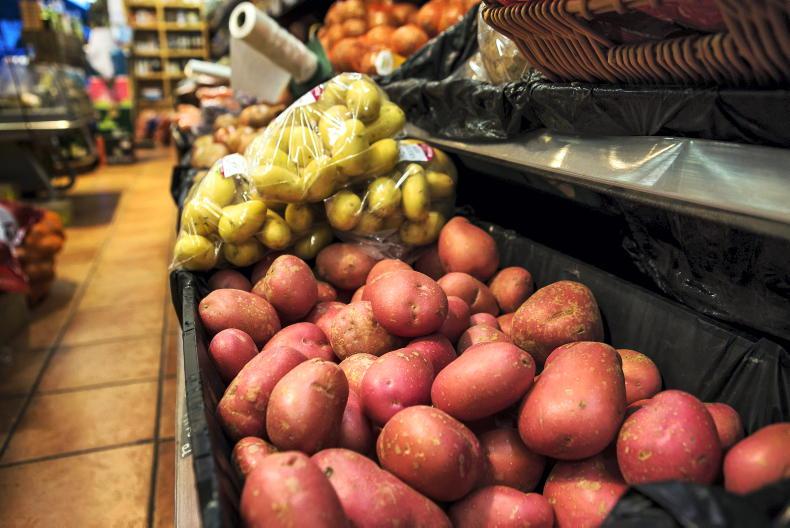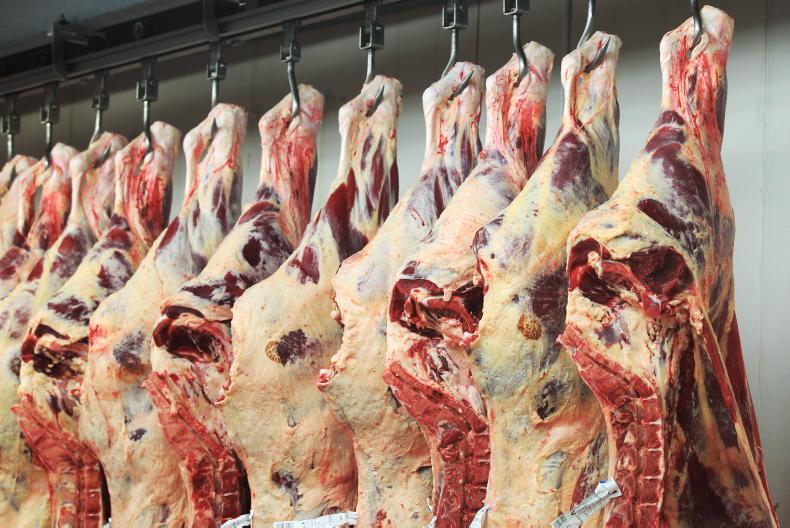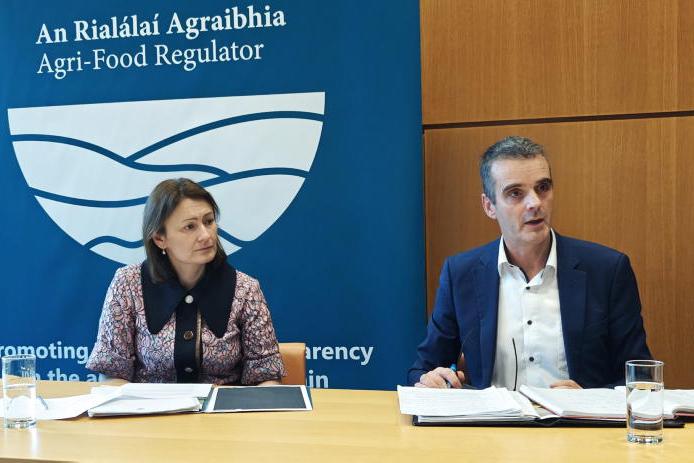This week, the Irish Farmers Journal had an in-depth interview with Niamh Lenehan, CEO in the Agri-Food Regulator’s office.
The office has two main purposes - enforcement of unfair trading practices (UTP) legislation and to promote and deliver transparency to the agri-food supply chain beyond the farmgate.
UTP legislation is very specific about banned trading practices, listing 10 that are banned outright and a further six that are banned unless there is a specific agreement between the supplier and buyer to override them.
They apply to a relatively narrow range of circumstances and are more relevant in the relationship between small processors and large retail or food service buyers than in the relationship between farmers and processors.
Transparency is the challenge
The second part of the job promoting and bringing transparency isn’t as clearly defined, with the legislation just giving the regulator the right to seek information from processors or end users.
That means that the regulator must negotiate an agreement with the rest of the supply chain on information disclosure and, from this week’s interview, the CEO has been busy making the connections necessary. She also reports good progress and that is positive.
Farmers will of course say that the legislation brought forward by Minister for Agriculture Charlie McConalogue should have given the office greater authority in this respect.
The US system operated by the United States Department of Agriculture (USDA) is probably the best in class in this respect, in that factories are obliged to supply data on a daily basis on sales and stocks.
However, it is better to light a candle than curse the dark, so we have to wait and see to what level the factories will engage with information sharing that allows the Agri-Food Regulator to shine a light on the value that is added beyond the farmgate.
Opportunity for factories
Factories should fully collaborate with the office for two reasons. First, all of the indications from the US and elsewhere where data is available on factory performance indicates that processing is a very low-margin business and huge profits are the product of volume throughput as opposed to margin.
The second reason is that full and frank engagement with the regulator can be a bridge to building farmer trust in factories and dispel the widely held belief that they rip farmers off.
On the other hand, if they fail to have a meaningful engagement, the regulator can and should call them out and while this would be a disappointment, it would give credence to farmer suspicions about factories.
Has to be given a chance
The office has now been in place for just over 100 days and, as the CEO said, this period has been about putting the infrastructure in place as they started with a blank page.
They have been active in making contact with the necessary stakeholders and time will tell if the relationship will develop into something productive or not.
It has to be given a chance to develop and it will only be possible to make a judgement on effectiveness when the outcome of the partnership building becomes apparent.
The good thing is that success will mean tangible, visible results and information available to farmers that wasn’t there before.
If that is in place, it is a success and we can debate what level the success is. If there is nothing more than a repackaging of existing information, then it will be back to the drawing board.
Read more
Industry partnership required for Agri-Food Regulator to deliver
Agri-Food Regulator opens for business
Agri-food regulator to be up and running before end of 2023
This week, the Irish Farmers Journal had an in-depth interview with Niamh Lenehan, CEO in the Agri-Food Regulator’s office.
The office has two main purposes - enforcement of unfair trading practices (UTP) legislation and to promote and deliver transparency to the agri-food supply chain beyond the farmgate.
UTP legislation is very specific about banned trading practices, listing 10 that are banned outright and a further six that are banned unless there is a specific agreement between the supplier and buyer to override them.
They apply to a relatively narrow range of circumstances and are more relevant in the relationship between small processors and large retail or food service buyers than in the relationship between farmers and processors.
Transparency is the challenge
The second part of the job promoting and bringing transparency isn’t as clearly defined, with the legislation just giving the regulator the right to seek information from processors or end users.
That means that the regulator must negotiate an agreement with the rest of the supply chain on information disclosure and, from this week’s interview, the CEO has been busy making the connections necessary. She also reports good progress and that is positive.
Farmers will of course say that the legislation brought forward by Minister for Agriculture Charlie McConalogue should have given the office greater authority in this respect.
The US system operated by the United States Department of Agriculture (USDA) is probably the best in class in this respect, in that factories are obliged to supply data on a daily basis on sales and stocks.
However, it is better to light a candle than curse the dark, so we have to wait and see to what level the factories will engage with information sharing that allows the Agri-Food Regulator to shine a light on the value that is added beyond the farmgate.
Opportunity for factories
Factories should fully collaborate with the office for two reasons. First, all of the indications from the US and elsewhere where data is available on factory performance indicates that processing is a very low-margin business and huge profits are the product of volume throughput as opposed to margin.
The second reason is that full and frank engagement with the regulator can be a bridge to building farmer trust in factories and dispel the widely held belief that they rip farmers off.
On the other hand, if they fail to have a meaningful engagement, the regulator can and should call them out and while this would be a disappointment, it would give credence to farmer suspicions about factories.
Has to be given a chance
The office has now been in place for just over 100 days and, as the CEO said, this period has been about putting the infrastructure in place as they started with a blank page.
They have been active in making contact with the necessary stakeholders and time will tell if the relationship will develop into something productive or not.
It has to be given a chance to develop and it will only be possible to make a judgement on effectiveness when the outcome of the partnership building becomes apparent.
The good thing is that success will mean tangible, visible results and information available to farmers that wasn’t there before.
If that is in place, it is a success and we can debate what level the success is. If there is nothing more than a repackaging of existing information, then it will be back to the drawing board.
Read more
Industry partnership required for Agri-Food Regulator to deliver
Agri-Food Regulator opens for business
Agri-food regulator to be up and running before end of 2023










SHARING OPTIONS